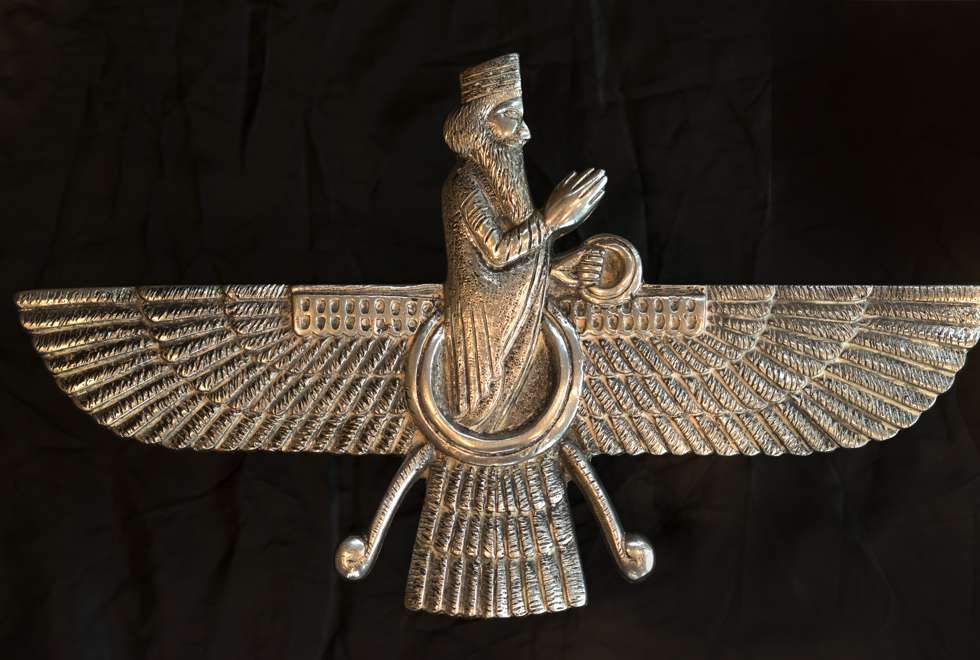How Zoroastrians were purged in China, like Christians in Japan’s shogun era
The Persian religion, which the Chinese called Ao Jiao, was practised in China even by royalty, but suffered a purge in the 9th century and had been all but forgotten by the 1100s even if Zoroastrian temples survived
I recently watched the excellent film Silence (2016), an adaptation of the 1966 novel of the same name by Japanese author Shusaku Endo. Under Martin Scorsese’s masterful direction, the novel’s bleakness, both corporeal and spiritual, was rendered in heartbreaking beauty.
The official persecution of Christians in 17th-century Japan, a fictionalised account of which Silence depicts, was brutal and almost succeeded in uprooting the foreign religion from Japanese soil. When the ban on Christianity was lifted in 1873, however, a group of Kakure Kirishitan (“Hidden Christians”), who had practised a syncretised version of Christianity in secret for 200 years, came out of the woodwork. After two centuries of isolation, only fragments of barely recognisable Christian doctrine, prayers and liturgy remained among the Hidden Christians.
In 12th-century China, there were several temples of Zoroastrianism, which the Chinese called Ao Jiao, left standing in several cities. By then, few people remembered the tenets and origins of the ancient Persian religion, which was first brought into China some 600 years previously by Central Asian traders. To attract foreign merchants, successive Chinese dynasties and governments allowed Zoroastrians to build their temples in cities. Some members of royalty even practised the religion.
After Tang dynasty’s Emperor Wuzong’s anti-Buddhism purge (840-846), which extended to other foreign religions as well, the flames of Zoroastrianism diminished in China until mention of it totally disappeared from Chinese texts after the Southern Song dynasty (1127-1279).





